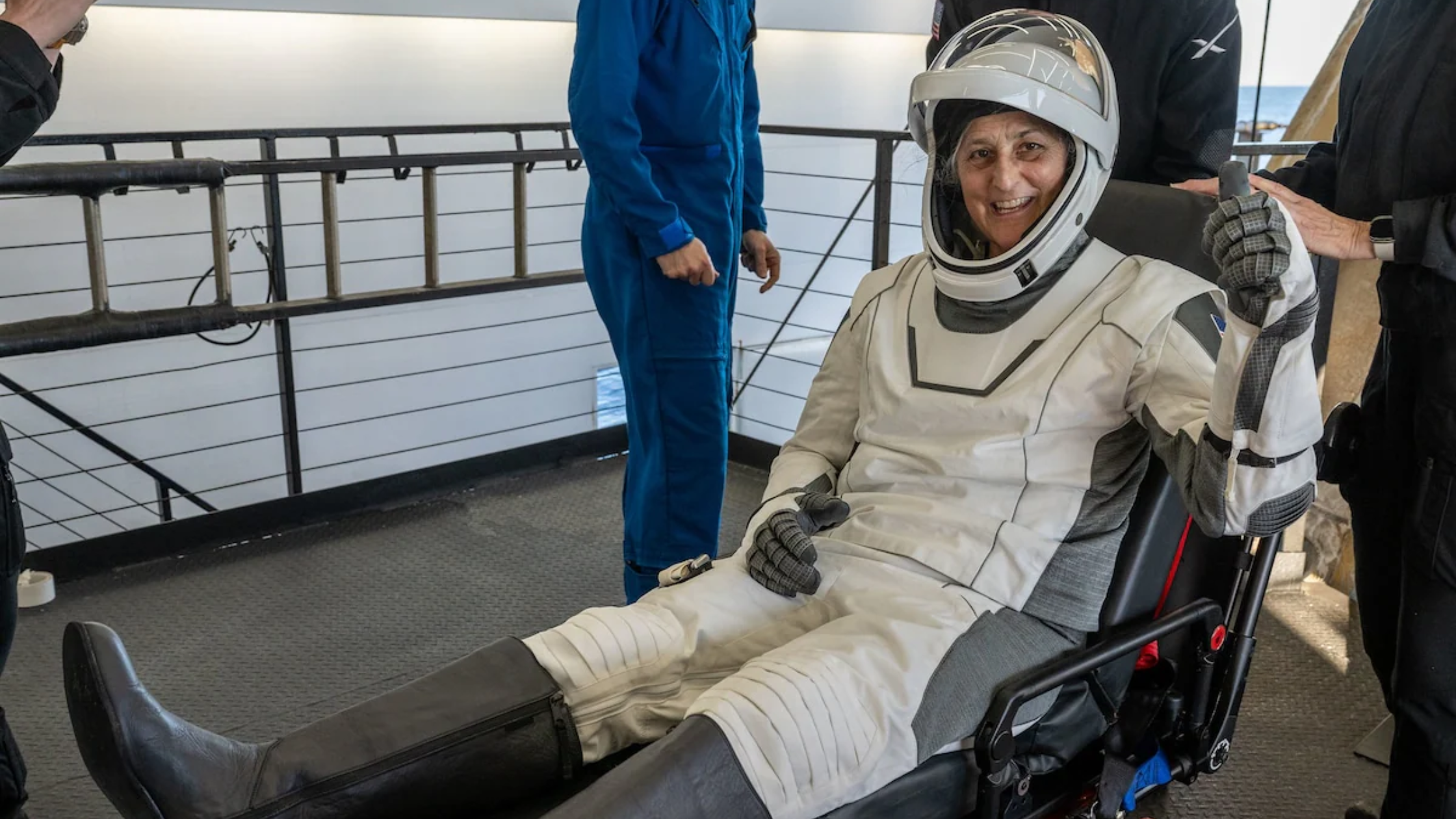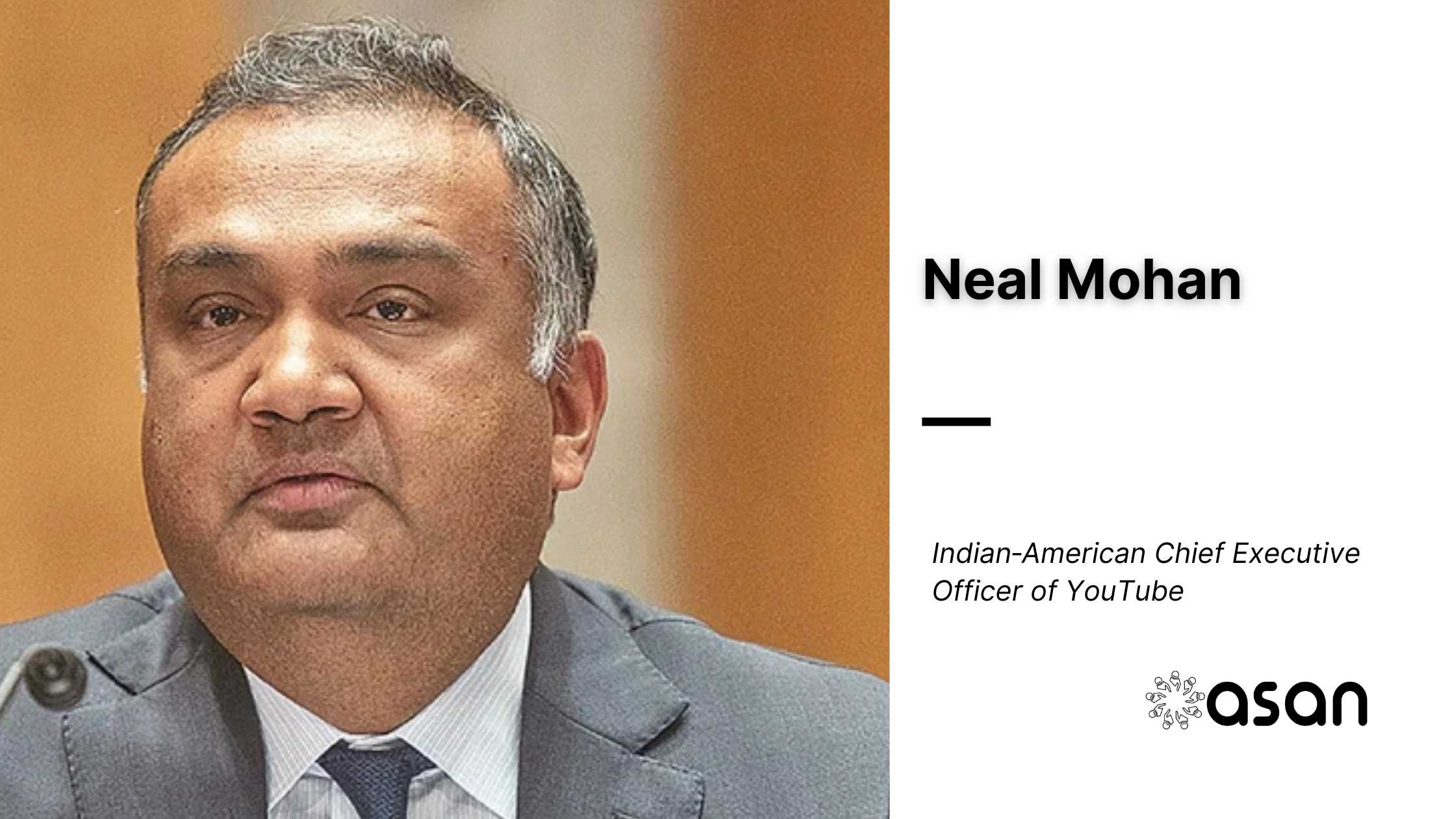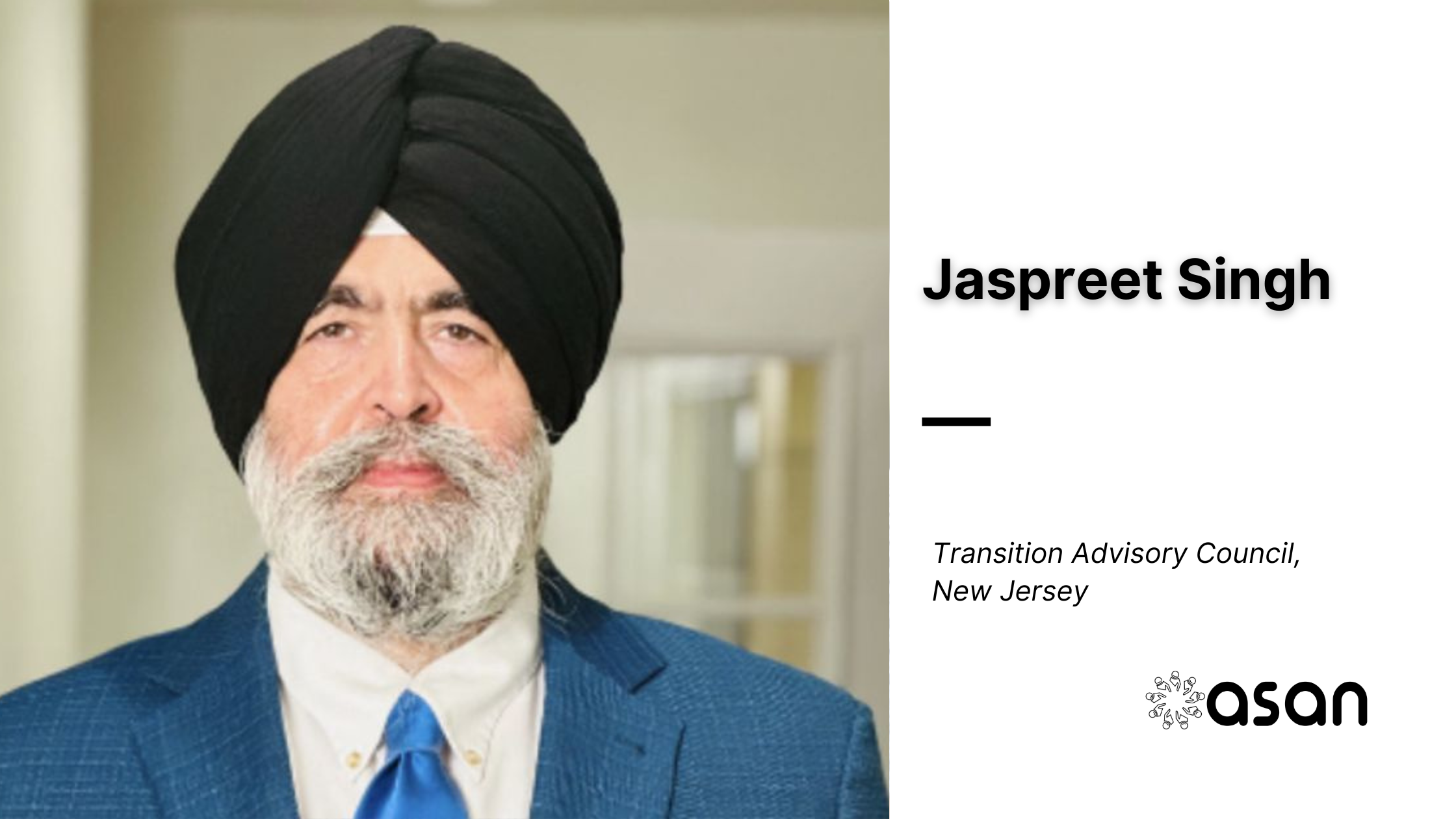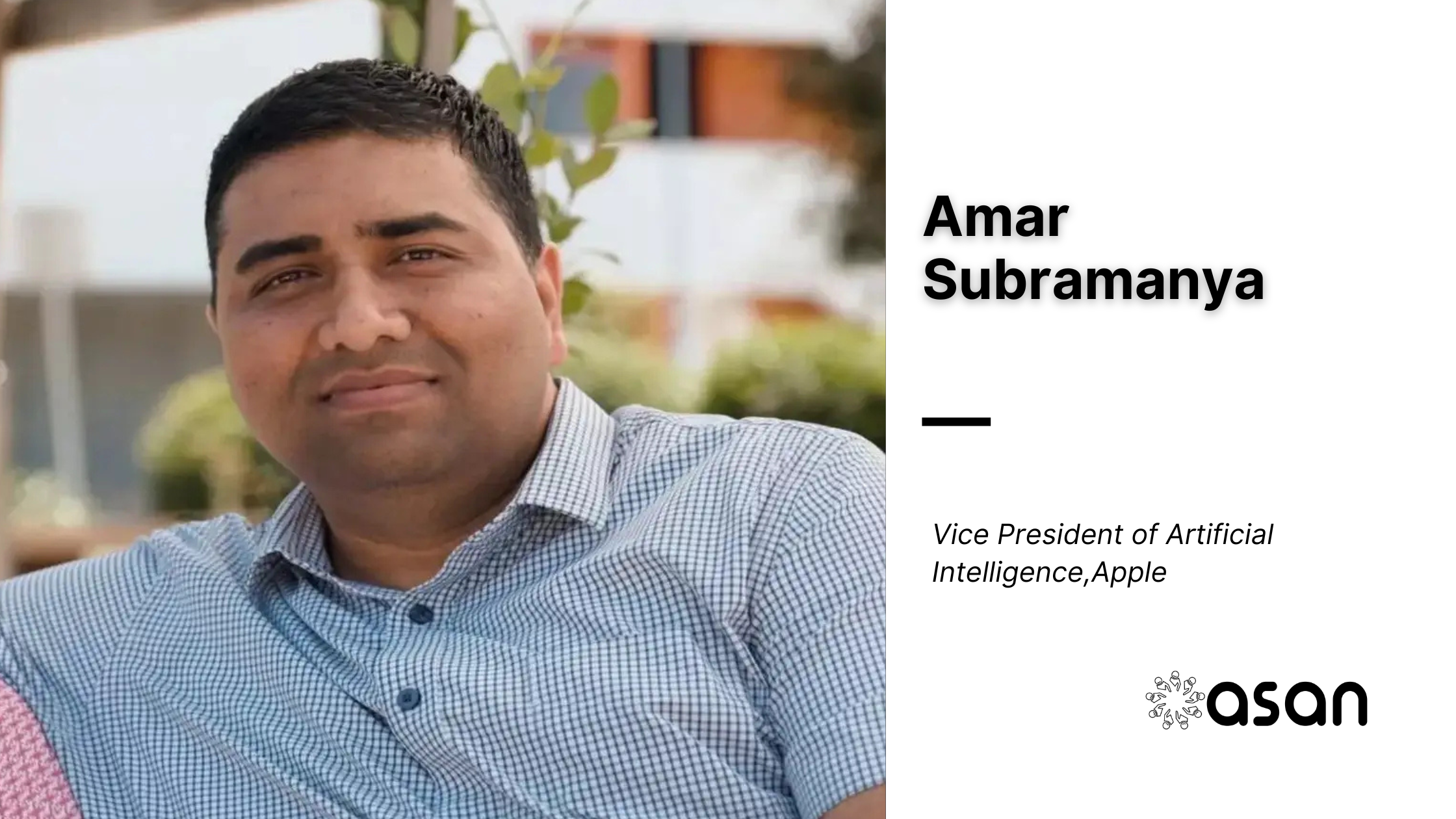NASA astronaut Sunita Williams, a trailblazing Indian-American, has safely returned to Earth after an unexpected nine-month stay aboard the International Space Station (ISS).
Originally scheduled for just eight days, her mission was extended due to technical issues with Boeing’s Starliner spacecraft.
Williams and fellow astronaut Butch Wilmore returned aboard SpaceX’s Crew Dragon, which successfully splashed down off the coast of Florida on March 19, 2025.
A Proud Moment for South Asian Americans
Sunita Williams, born in the U.S. to an Indian father from Gujarat and a Slovenian mother, has long been a source of pride for South Asian Americans.
Her return marks another milestone in her decorated career as one of NASA’s most experienced astronauts.
Indian Prime Minister Narendra Modi and Gujarat Chief Minister Bhupendra Patel expressed their admiration for Williams, calling her an inspiration for aspiring scientists and space enthusiasts.
Patel referred to her as “our very own”, emphasizing the pride that Gujaratis and the global Indian diaspora feel in her achievements.
In the United States, South Asian organizations and communities celebrated her return, with social media flooded with messages of support.
The Indian American Impact Fund, an organization advocating for South Asian representation in leadership, highlighted how Williams’ journey continues to inspire young South Asians to pursue careers in STEM (Science, Technology, Engineering, and Mathematics).

Challenges of Long-Duration Space Travel
Williams’ extended time in space has significant medical and scientific implications. She and Wilmore conducted over 150 scientific experiments, helping researchers understand the long-term effects of microgravity on human health.
According to Dr. Narendra Singhla, a specialist in space medicine, astronauts face conditions like space anemia (a decrease in red blood cells due to fluid shifts in microgravity) and muscle and bone loss.
Former NASA astronaut Leroy Chiao noted that astronauts returning from space often develop “baby feet” due to changes in the skin caused by a lack of pressure on their soles.
Williams and Wilmore will undergo a 45-day rehabilitation program to help their bodies readjust to Earth’s gravity. NASA scientists will closely monitor their recovery, gathering crucial data that could impact future missions—including those to Mars.
South Asian Representation in Space Exploration
Sunita Williams’ career has been instrumental in breaking barriers for South Asians in STEM and space exploration. As the first person of Indian origin to command the ISS, she has repeatedly expressed her pride in her heritage, even taking a copy of the Bhagavad Gita and an Indian flag with her on previous missions.
Her journey serves as a beacon of hope for young South Asian Americans aspiring to become astronauts, engineers, and scientists.
The growing presence of South Asians in NASA and private space companies like SpaceX highlights the community’s increasing role in shaping the future of space exploration.



